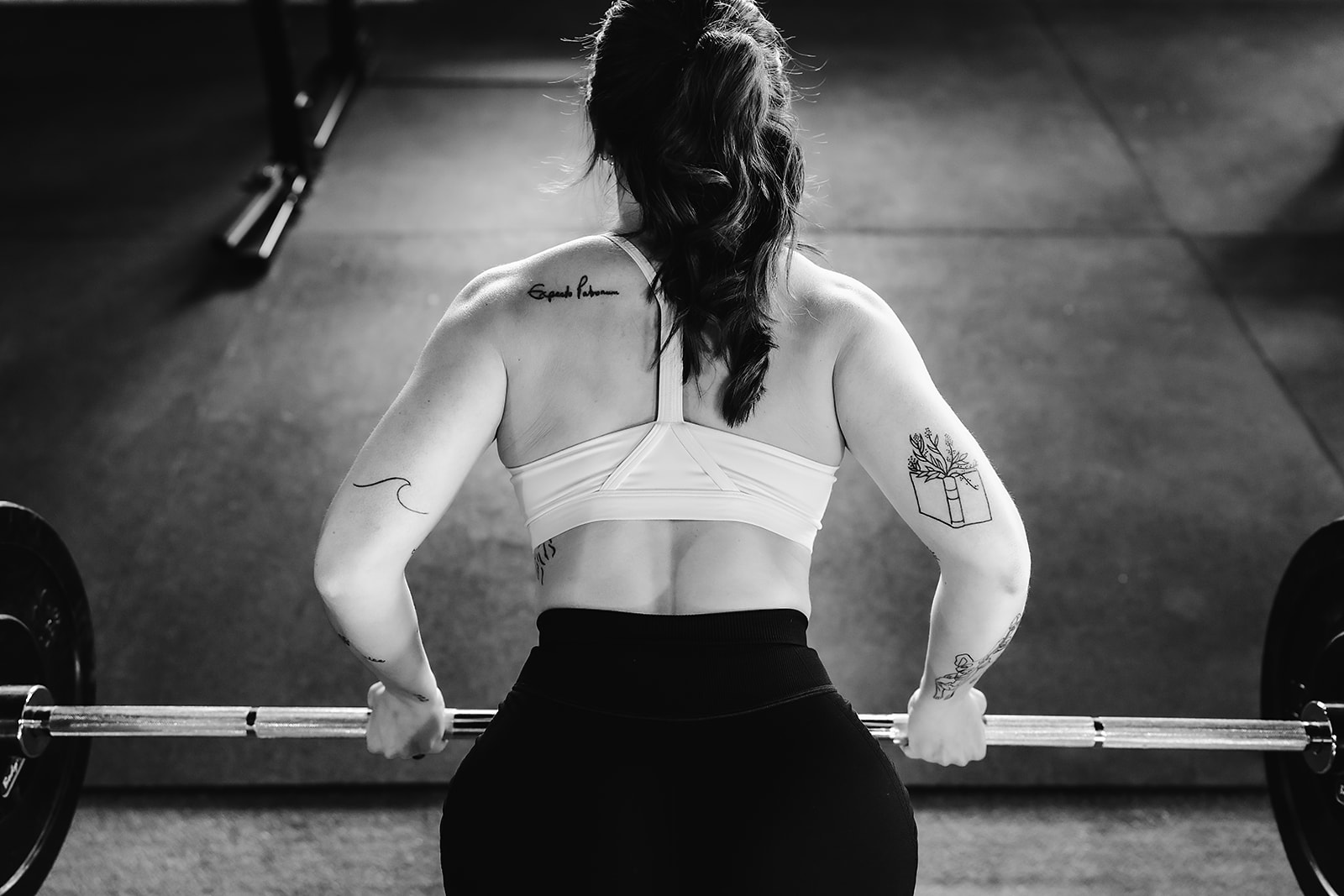As women, when we move into our 40s, what used to work to maintain our body composition might not cut it anymore. Maybe you’re gaining weight despite doing all the “right” things, or you feel tired or inflamed. The truth is, your body is changing, and your approach to fitness and nutrition needs to change with it. This article goes over what you need to know to work with your body efficiency and understand what’s happening to your body as you’re entering your 30’s, 40’s and perimenopause.
Why Health & Fitness Change As We Get Older
As women, when we age, nearly every system in our body undergoes some kind of change. These shifts directly influence how we feel, move, and respond to exercise and nutrition. In your 20s and early 30s, women can get away with skipping sleep, doing random HIIT classes, and having a lenient diet. But by your late 30s and into your 40s, those same habits might contribute to you feeling inflamed, tired, or like you’re gaining weight.
One of the biggest changes women face as they age is the gradual loss of lean muscle mass, which starts in your 30s. This process, sarcopenia, can slow your metabolism and impact your strength, stability, and energy levels. Less muscle means you burn fewer calories at rest, which can make weight maintenance trickier unless you intentionally support muscle growth through proper weight lifting techniques that include progressive overload, other exercises, and adequate protein intake.
Your hormones also start to shift during this time in your life. Estrogen, progesterone, and testosterone, all of which influence everything from fat storage to muscle retention to mood, can fluctuate wildly during perimenopause. These hormonal ups and downs make your body more sensitive to stress (including the kind caused by intense workouts or undereating) and can lead to increased fat storage, particularly around your midsection.
Additionally, your recovery capacity changes. What used to be a tough-but-manageable workout might be harder to recover from. That’s because your nervous system, joints, and muscles don’t bounce back as quickly without more intentional recovery and support. Pushing through without adjusting can lead to burnout, injury, or workout plateaus.
Your sleep patterns may shift as well, making it harder to get deep, restorative rest. Since a good night’s sleep directly affects hunger hormones, energy levels, and recovery, poor sleep can make it harder to lose weight, stay consistent, or even feel motivated.
These changes are a normal part of aging and they do mean it’s time to change your approach to living a healthy life and loving the body that you’re in. Working with your body and its changes in an aware, gentle, and healthy way is the key to feeling strong, energized, and supported in this next chapter.
Why Your Normal Diet & Workout Routine May Not Work Anymore
As you age, What used to “work” for you might not work so well anymore. This shift can absolutely feel confusing, especially if you’ve spent years following the same routine that’s worked. However, as you age, your strategy for your diet and training routine needs to adapt to the changes in your body.
Metabolic health and efficiency naturally declines with age, which means your body doesn’t burn through calories as easily as it once did, especially if your workouts are no longer focused on building or maintaining lean tissue. Second, your hormonal landscape shifts significantly during your 30s and 40s. Estrogen and progesterone fluctuations affect how your body stores fat, how hungry you feel, how well you recover, and even how resilient you are to stress. These changes make your system more sensitive to things like undereating, overtraining, and poor sleep, which might be things you may have brushed off in the past without much consequence.
If your current routine includes a lot of low-calorie dieting, fasting to lose fat, or chronic cardio, you might actually be making things harder for your body. These approaches can trigger stress responses that elevate cortisol, which can exacerbate the symptoms of the changes your body is already going through.
What the body needs as it’s aging to compensate for these changes is more protein, more recovery, regular strength training with progressive overload, and less stress. You can start by understanding marco tracking, implementing strategies around your sleep schedule, and hiring a personal trainer to implement a solid strength training routine. You’ll start to see sustainable changes that will improve the way you look and feel and your overall health.
The Role of Perimenopause: How Hormones Impact Your Metabolism, Recovery & Muscle Retention
Perimenopause, the transitional period leading up to menopause, typically begins in your late 30s or 40s, however it can begin in your early 30’s. Perimenopause brings a wave of hormonal shifts that directly affect how your body functions: your metabolism, recovery, and muscle maintenance.
During perimenopause, estrogen and progesterone levels become unpredictable. These hormones do much more than regulate your cycle: they also influence your insulin sensitivity, muscle protein synthesis, fat storage patterns, and how your body handles stress. When estrogen starts to decline, especially without the steady counterbalance of progesterone, you may notice more belly fat, slower recovery from workouts, more frequent injuries, and persistent fatigue even when you’re training hard.
One of the most significant impacts is on muscle retention and strength. Estrogen plays a protective role in maintaining lean muscle mass and joint health. As it fluctuates and eventually drops, your ability to build and keep muscle naturally declines, unless you’re actively countering it with consistent strength training and proper nutrition, especially eating enough protein.
These hormone shifts also increase your sensitivity to stress, making things like poor sleep, under-eating, or intense cardio more disruptive. Elevated cortisol can compound the problem by breaking down muscle tissue, increasing fat storage, and even further disrupting sleep. This creates a negative feedback loop, where multiple hormone shifts in your body are telling it to do the same thing. This is why it is crucial to manage stress and cortisol levels when this is happening in your body.
The Problem With “Eat Less, Train More” In Your 40s
The old-school fitness mantra of “eat less, train more” is actually detrimental to your body in your 40s, and especially during perimenopause. As progesterone drops and estrogen becomes erratic in this decade, your nervous system becomes more sensitive to stress. When you pile on intense workouts and caloric restriction, which are essentially chronic stressors, you spike cortisol. This, in turn, can create a vicious cycle: you feel puffy, inflamed, and stressed.
Under-eating in your 40s often means under-nourishing. Many women aren’t getting nearly enough protein or fiber, which are key for satiety, healthy metabolism, and muscle retention, especially when hormones are no longer doing that work for you. And, when recovery is compromised, your workouts are less effective and potentially harmful.
“Eat less, train more” is actually control and perfectionism of your body, not self-support. It’s a coping strategy that might have worked in the past, but doesn’t anymore, and continuing to follow it can sabotage your physical and emotional health. Instead, it’s actually imperative that you eat enough (especially fiber and protein), train smart, and prioritize rest. It’s also important that you shift your mindset from how you want your body to look to making it stronger and healthier. Prioritizing health and strength is something that is always available to you at any age.
The Smarter Approach: Training & Nutrition That Actually Work
The one-size-fits-all approach to diet and exercise doesn’t cut it in your 40s, especially during perimenopause. What works is a smarter, more supportive strategy that aligns with your hormonal reality, not fights against it.
First, nutrition needs to prioritize protein and fiber. These two macronutrients are crucial because they help stabilize blood sugar, support metabolism, and preserve muscle mass. Most women in this stage aren’t eating enough protein, especially early in the day, which can lead to muscle loss and low energy. Upping your protein intake and spreading it evenly across meals is foundational, not optional.
Second, training should shift toward strength, not stress. You need to be strength training to preserve muscle and protect bone health, both of which become increasingly vulnerable in perimenopause. Go for workouts that are challenging but not depleting, paired with proper recovery and enough fuel to support muscle repair. You might even want to supplement with Creatine.
Sustainability and consistency are key. Smart fitness in your 40s isn’t about grinding through intense cardio or restricting food, it’s about listening to your body, managing stress, and choosing habits that reinforce your strength, not your stress response. Ultimately, the smarter approach is one built on self-respect, not punishing workouts of self-punishment. It recognizes that hormonal changes require adaptive strategies.
Want to learn more about your health and fitness after 40? Listen to episode 228 of the STronger Than Your Boyfriend Podcast: Perimenopause & Fitness in Your 40s – Interview with Liz Rodriguez



